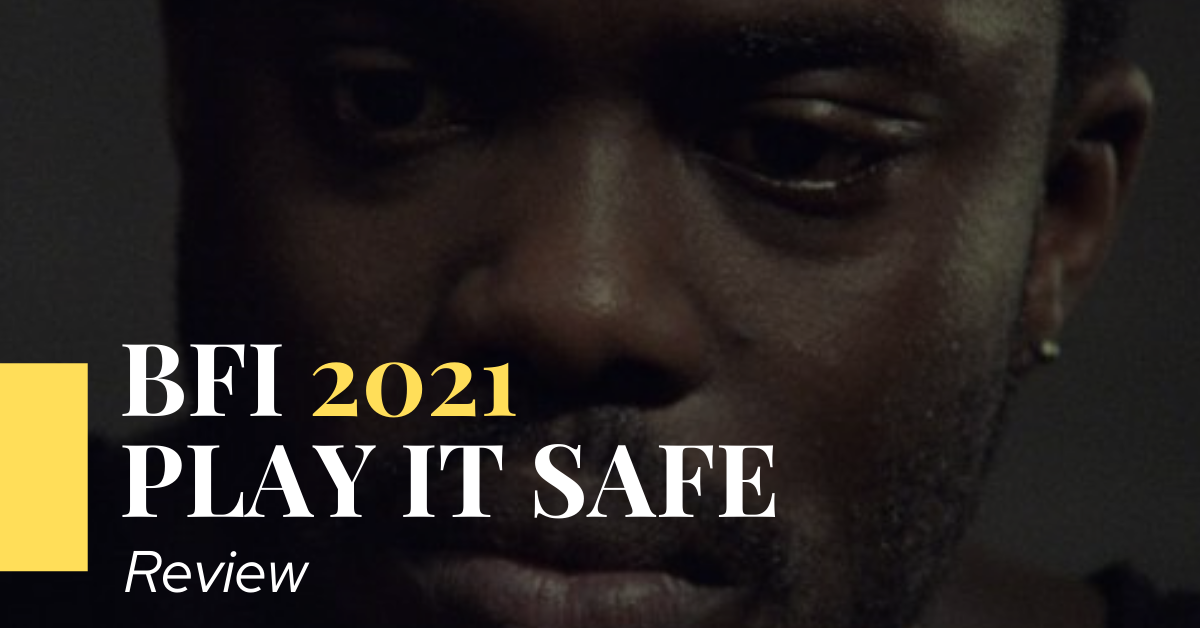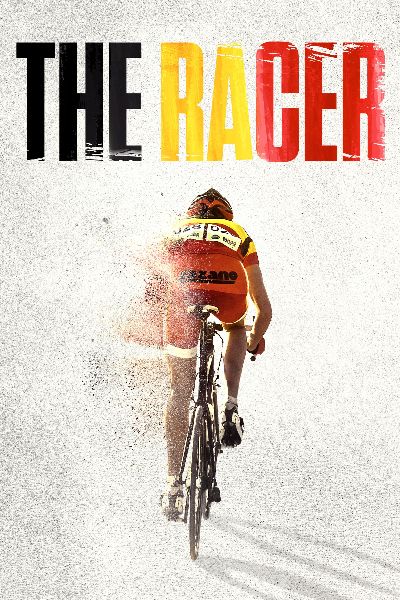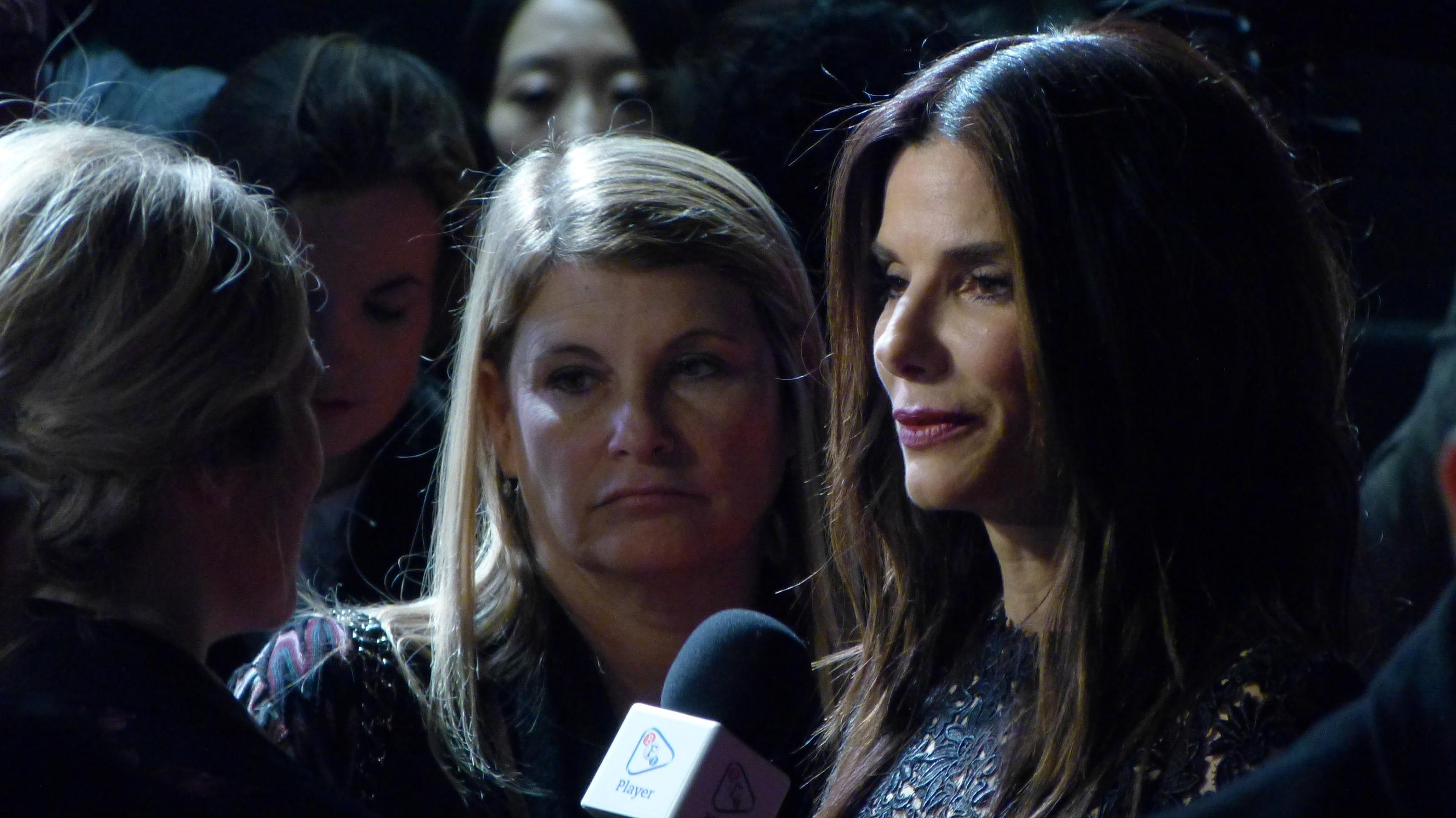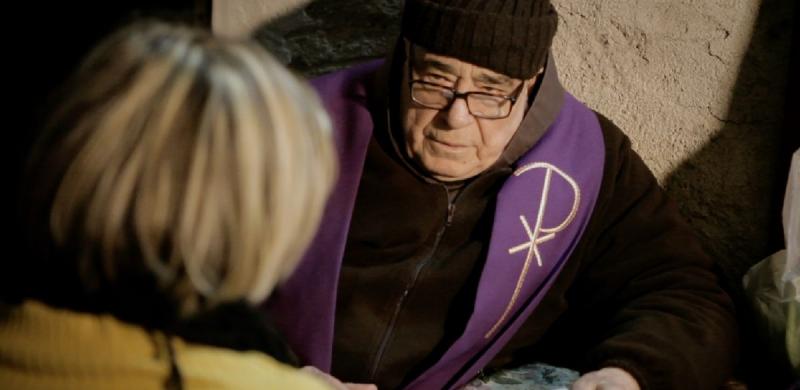Play it Safe, debut short film written and directed by Mitch Kalisa, premiered this week at the 65th BFI London Film Festival. The film deals with an old but still topical issue: the racism internalized by our society, so deep-rooted that it can be found even in the places that one would consider safe – as an acting class or a drama school.
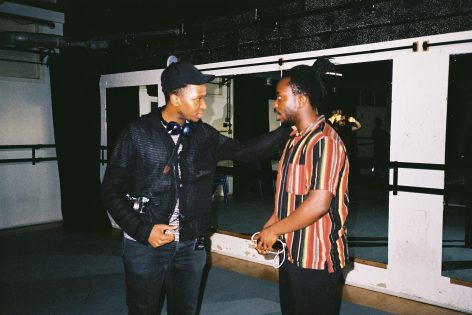
Play It Safe plays with this idea from the very beginning: the title design, with the letters shifting out of focus and back on focus again, white on a black background, visually underlines the uncertainty and confusion caused by exiting the comfort zone and deciding to accept the challenge we are confronted with.
The film takes place in a drama school, where acting student Jonathan (played by newcomer Jonathan Ajayi) is offered a typecast role that reflects more the stereotypes linked with the color of his skin rather than his real talent. His sense of frustration is worsened by the apparent unawareness of his fellow students and of his own teacher. During rehearsals, the situation worsens, leading Jonathan to make a decision: whether to ignore the situation or accept it and confront stereotypes.
He does so through a powerful, moving, sometimes painful performance, during which the camera moves among the faces of the astonishing beholders, through extreme close-ups that don’t always allow the spectator to watch the actual performance. It moves from one person to the other, refusing to frame the performance as a whole but only showing it in small and closer portions. A choice that, together with that of shooting on film, contributes to give the film an authentic arthouse vibe, but at the same time manages to create a unique atmosphere where the boundaries between theatre and cinema, spectators and performer, and even the ones between who’s behind and in front of the camera seem to be blurred away: the performance becomes the fulcrum, the only thing that matters, the catalyst that attracts everything to itself.
“Play It Safe” manages to break a taboo and challenge what is considered to be normal and acceptable: the normalization of the stereotypes and prejudices as part of everyday life. In doing so, it doesn’t draw a line between what’s right and wrong but it shows how stereotypes are present and tolerated, sometimes maybe not even noticed, by the majority of people – not just the ones who one would normally define as “racist”. Being trapped in this state of things, the individual choice is to accept things as they are or challenge them, refusing to play along. Jonathan finds a new way to express his personal identity, refusing to conform to the roles that society – and also drama school- wants him to play, and his performance becomes, for him and for us, a cathartic experience.
Written by Benedetta Mastronardi

